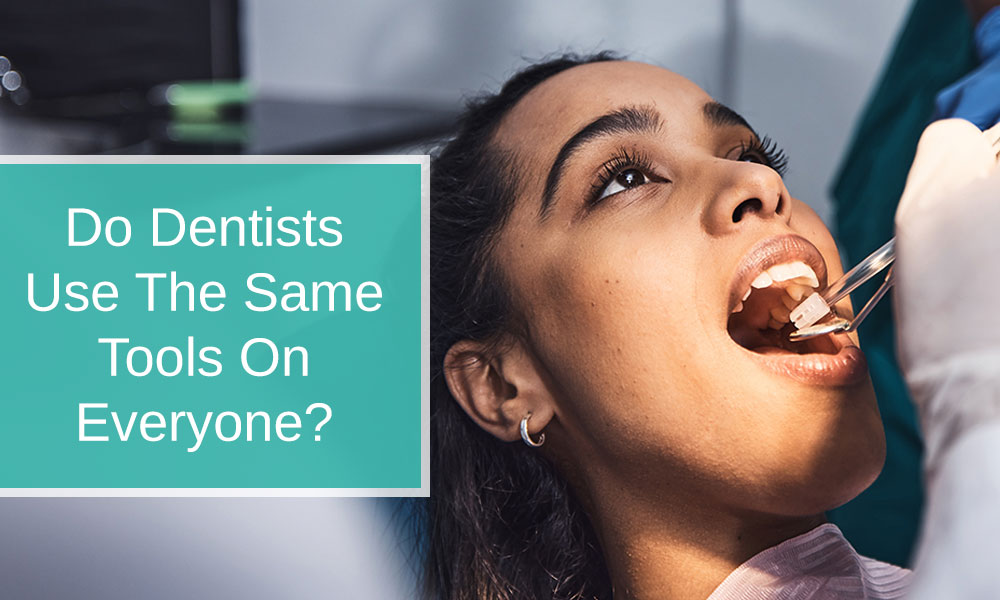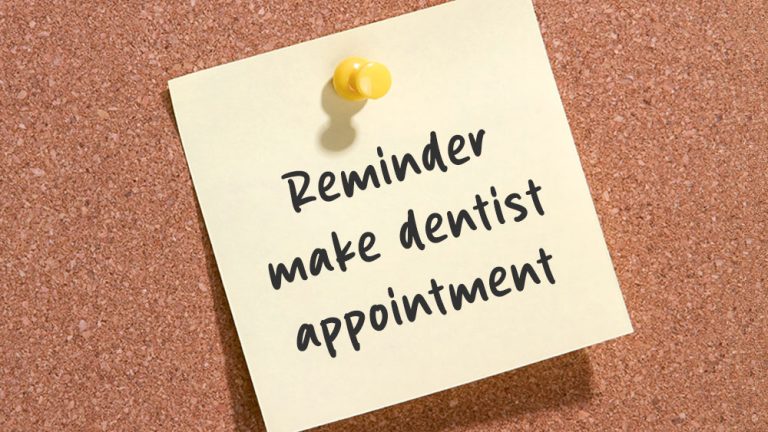
Do dentists use the same tools on everyone?
Embarking on a journey through the intricacies of dental care, one often wonders – Do dentists use the same tools on everyone? The answer lies in the multifaceted nature of dental practices, where a diverse array of tools is employed to cater to the unique needs of each patient. We’ll unravel the variety of dental tools, the factors influencing their selection, and the personalized approach dentists adopt to ensure the best oral care for everyone.
The Variety in Dental Tools
Basic Dental Examination Tools
At the core of dental examinations lie fundamental tools that aid in routine check-ups and the identification of common oral health issues. These tools form the foundation of a dentist’s diagnostic arsenal.
Specialized Tools for Unique Cases
In specific situations, such as orthodontic treatments or oral surgeries, dentists delve into a specialized toolkit. Tailored to the unique requirements of each case, these instruments go beyond the basics to address specific dental challenges.
Factors Influencing Tool Selection
Patient’s Dental History
When it comes to tool selection, a patient’s dental history takes center stage. Understanding past treatments, procedures, and oral health challenges guides dentists in choosing the most appropriate tools for each individual. A comprehensive knowledge of a patient’s dental journey ensures a tailored and effective approach to care.
Age and Oral Health
Age plays a pivotal role in determining the tools dentists use. Pediatric and geriatric patients require different instruments to address specific age-related oral health concerns. Children’s dental needs differ from those of adults, and specialized tools are employed to ensure gentle and effective care.
Treatment Plan and Procedures
The nature of planned dental procedures and treatments dictates the selection of tools. From routine cleanings to complex restorative work, each treatment plan demands a unique set of instruments. Dentists carefully curate their toolkit based on the intricacies of the intended procedures.
Common Tools Used in General Dentistry
Mirror and Explorer
Mirror: One of the quintessential tools in a dentist’s arsenal is the dental mirror. This small, angled mirror allows dentists to view the hidden surfaces of teeth and the back of the mouth. It plays a vital role in detecting cavities, inspecting dental work, and examining areas not directly visible.
Explorer: Often accompanied by the mirror, the dental explorer is a fine-pointed instrument used to detect cavities or irregularities on the tooth surface. Dentists gently run the explorer over tooth enamel, feeling for any soft spots or rough edges that may indicate decay or other issues.
Scaler
Dental scalers come in various shapes and sizes, but their primary function remains consistent – to remove tartar and plaque from tooth surfaces. These handheld instruments have a pointed end specifically designed to reach beneath the gumline and between teeth, ensuring a thorough cleaning during dental hygiene appointments.
Drill or Handpiece
While the image of a dental drill may evoke anxiety, it’s a vital tool in various dental procedures. The dental drill, or handpiece, is used for tasks such as cavity preparation, shaping, and polishing dental restorations. Modern drills come with various attachments and technologies to enhance precision and reduce discomfort.
There are many different types of dental tools. However, dentists do not use the same tools on every single patient. Their usage of dental tools varies on a case by case basis depending on their patients’ problem.
Specialized Tools for Orthodontic Cases
Orthodontic Pliers
Orthodontic pliers are indispensable in the field of orthodontics, where the emphasis is on correcting tooth alignment and bite issues. These pliers come in various designs, each serving a specific purpose in the intricate process of adjusting braces, wires, and other orthodontic appliances. From bending wires to adjusting brackets, orthodontic pliers are precision instruments used to achieve optimal tooth alignment.
Archwire Cutters
Archwire cutters, as the name suggests, are designed for the precise cutting of orthodontic archwires. These wires play a critical role in guiding teeth into the desired position. Archwire cutters enable orthodontists to trim and customize archwires to fit the unique needs of each patient, contributing to the effectiveness of orthodontic treatments.
Dental Tools and Patient Comfort
Communication and Education
The use of dental tools can be a source of anxiety for many patients. Dentists recognize the importance of clear communication and education in alleviating these concerns. By explaining the purpose and function of each tool, dentists empower patients to better understand the dental procedures, fostering a sense of control and reducing apprehension.
Pain Management
Pain management is a critical aspect of dental care. Dentists employ various techniques, including local anesthesia, to ensure patients are comfortable during procedures. The careful application of anesthesia, combined with a gentle approach, contributes to a positive dental experience and encourages regular dental visits.
The Importance of Sterilization
Autoclaving and Disinfection
Maintaining a high level of hygiene in dental practices is non-negotiable. Autoclaving, a process that uses steam and high pressure to sterilize instruments, is a standard practice in dental offices. This ensures that tools are free from bacteria and pathogens, minimizing the risk of infections and promoting patient safety.
Single-Use Instruments
Certain dental instruments are designed for single-use to eliminate any risk of cross-contamination. Items like disposable prophy angles and air-water syringe tips are discarded after a single use, providing an additional layer of protection for patients. This commitment to hygiene reflects the priority placed on infection control in dental settings.
Ensuring a Personalized Dental Experience
Dentists strive to create a personalized experience for each patient, recognizing that everyone’s oral health needs are unique. By tailoring tool selection, treatment plans, and communication strategies, dentists can address individual concerns and contribute to a positive and customized dental experience.
FAQs About Dental Tools and Practices
Are dental tools the same for routine check-ups and specialized treatments?
No, dental tools vary based on the nature of the procedure. Routine check-ups may involve basic examination tools like mirrors and explorers, while specialized treatments, such as orthodontic procedures or oral surgeries, require specific instruments tailored to the task at hand.
Do dentists use different tools for children and adults?
Yes, dentists use different tools for pediatric and adult patients. Pediatric dental instruments are designed to accommodate the smaller mouths and teeth of children, providing gentle and precise care suited to their unique needs.
How are dental tools sterilized between patients?
Dental tools undergo rigorous sterilization processes, primarily through autoclaving. This method ensures that instruments are free from pathogens and safe for use. Additionally, disposable, single-use instruments contribute to maintaining a sterile environment.
How can I memorize the names of all the different dental tools?
To memorize the names of different dental tools, consider creating flashcards with the tool names on one side and their functions on the other. Regularly review and quiz yourself with these flashcards, associating each tool with its specific purpose, which can aid in memory retention. Additionally, hands-on experience and observing dental procedures can reinforce your knowledge of tool names and functions.
Key Takeaways
In the intricate world of dentistry, the question of whether dentists use the same tools on everyone unravels a tapestry of personalized care. From basic examination tools to specialized instruments for orthodontic cases, the diversity in tools mirrors the individuality of each patient’s oral health journey. As dentists prioritize patient comfort, employ advanced sterilization techniques, and tailor experiences, they underscore the commitment to providing not just dental care but a uniquely personalized dental experience.



